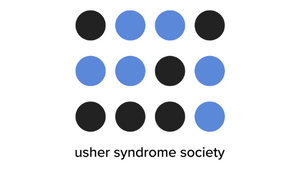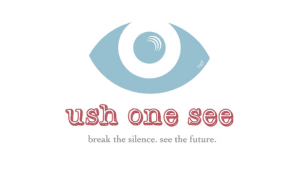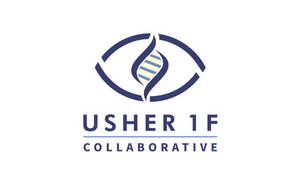Eye doctors use various tools to determine whether cone photoreceptor cells are working. Traditional methods include tests like visual acuity to check how clearly details can be seen at a distance,spectral-domain optical coherence tomography(SD-OCT) and fundus autofluorescence (FAF) which take pictures of the retinal structures, and electroretinogram (ERG) analyses to measure the retina's response to different colors and intensities of light. In this study, researchers compared these tools to a newer, more detailed imaging method called adaptive optics (AO).
They tested 10 patients with Usher syndrome with mutations in MYO7A or USH2A genes to measure how many cone cells were in their retinas. AO imaging showed cone cell loss more clearly and with greater detail than the traditional methods.
What this means for Usher syndrome: This new AO imaging technique could help doctors identify and track photoreceptor cell loss at earlier stages of disease in patients with RP, including Usher syndrome. In the future, the ability to observe early cell loss may become a useful diagnostic tool.







